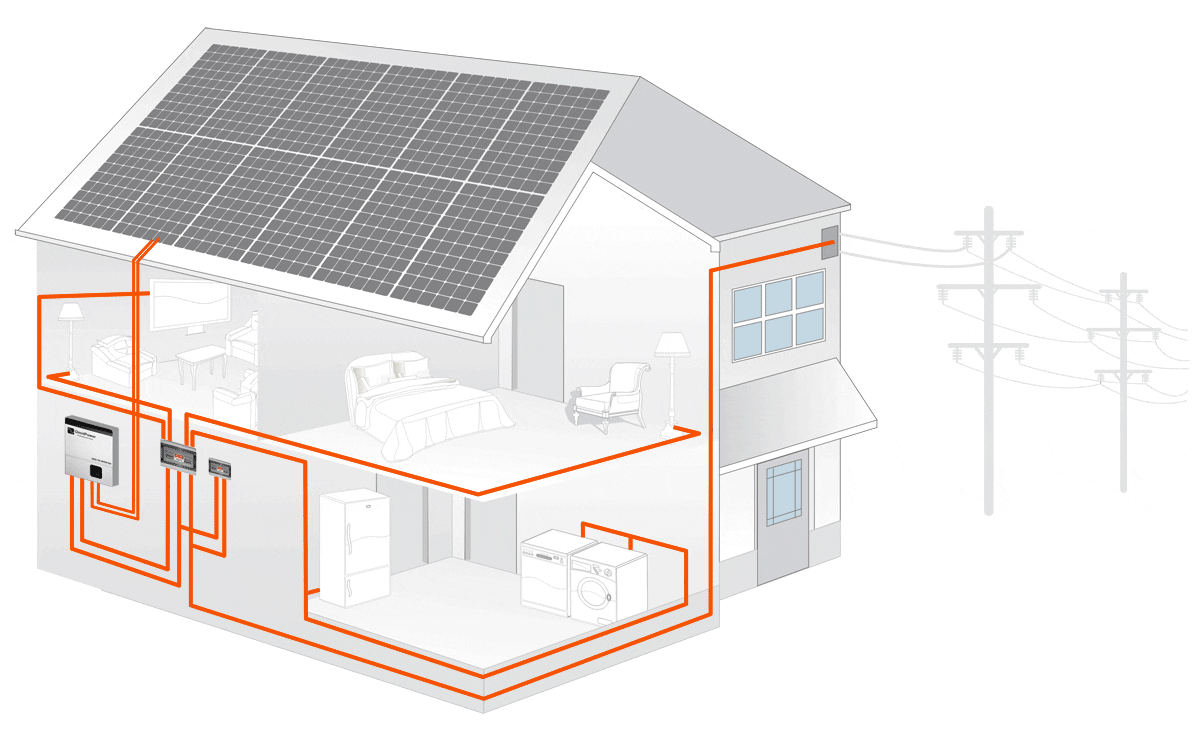

ON Grid Solar Rooftop System
An on-grid solar system, also known as a grid-tied solar system, is one of the most popular options for solar panel installation in Lucknow. It works in synchronization with the local electricity grid, allowing users to draw power from the grid when needed and feed excess solar energy back into it through a process called net metering. This setup offers significant cost-saving benefits, as homeowners can earn credits for surplus power generated and reduce their electricity bills. One of the key advantages of an on-grid system is uninterrupted power—whether it's supplied by the solar panels during the day or from the grid when needed. Since these systems do not require batteries, they are more affordable and require less maintenance. For residents of Lucknow looking for a cost-effective and reliable way to adopt clean energy, on-grid solar systems are an ideal solution.
